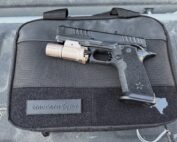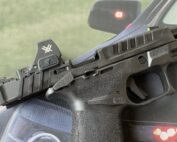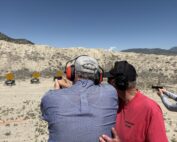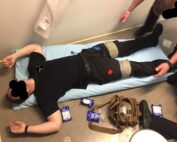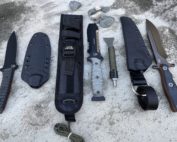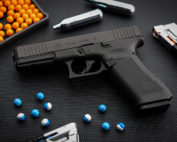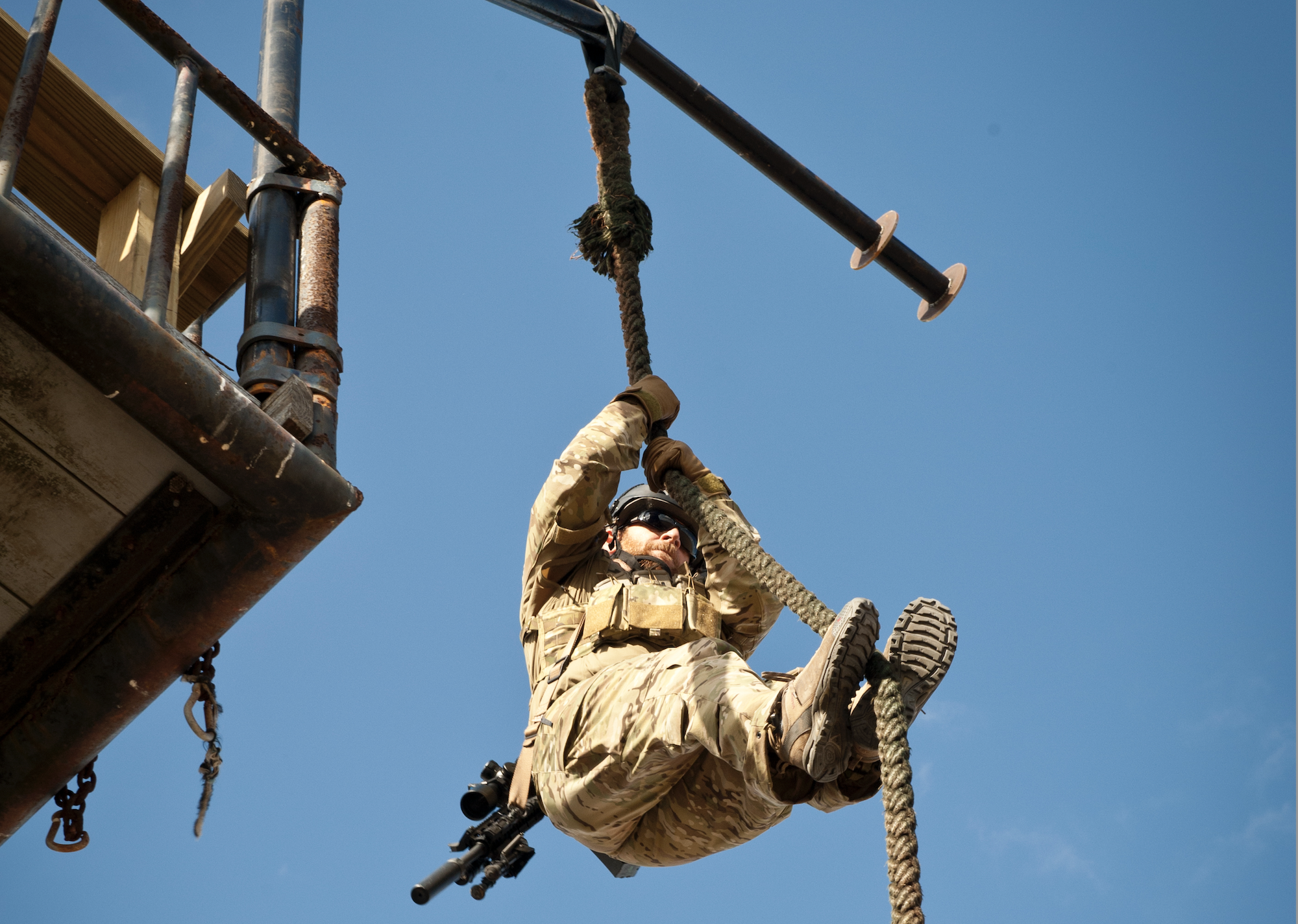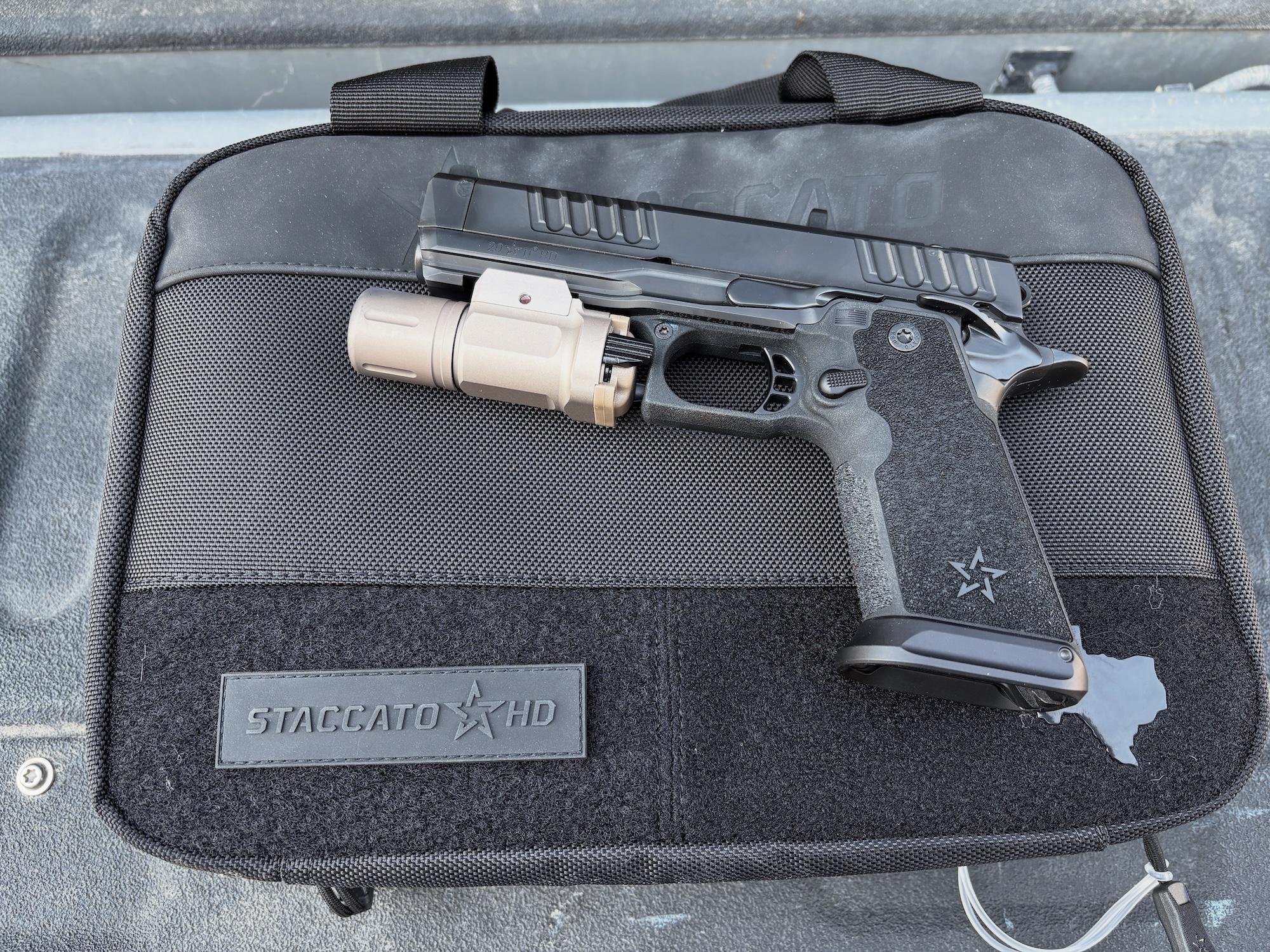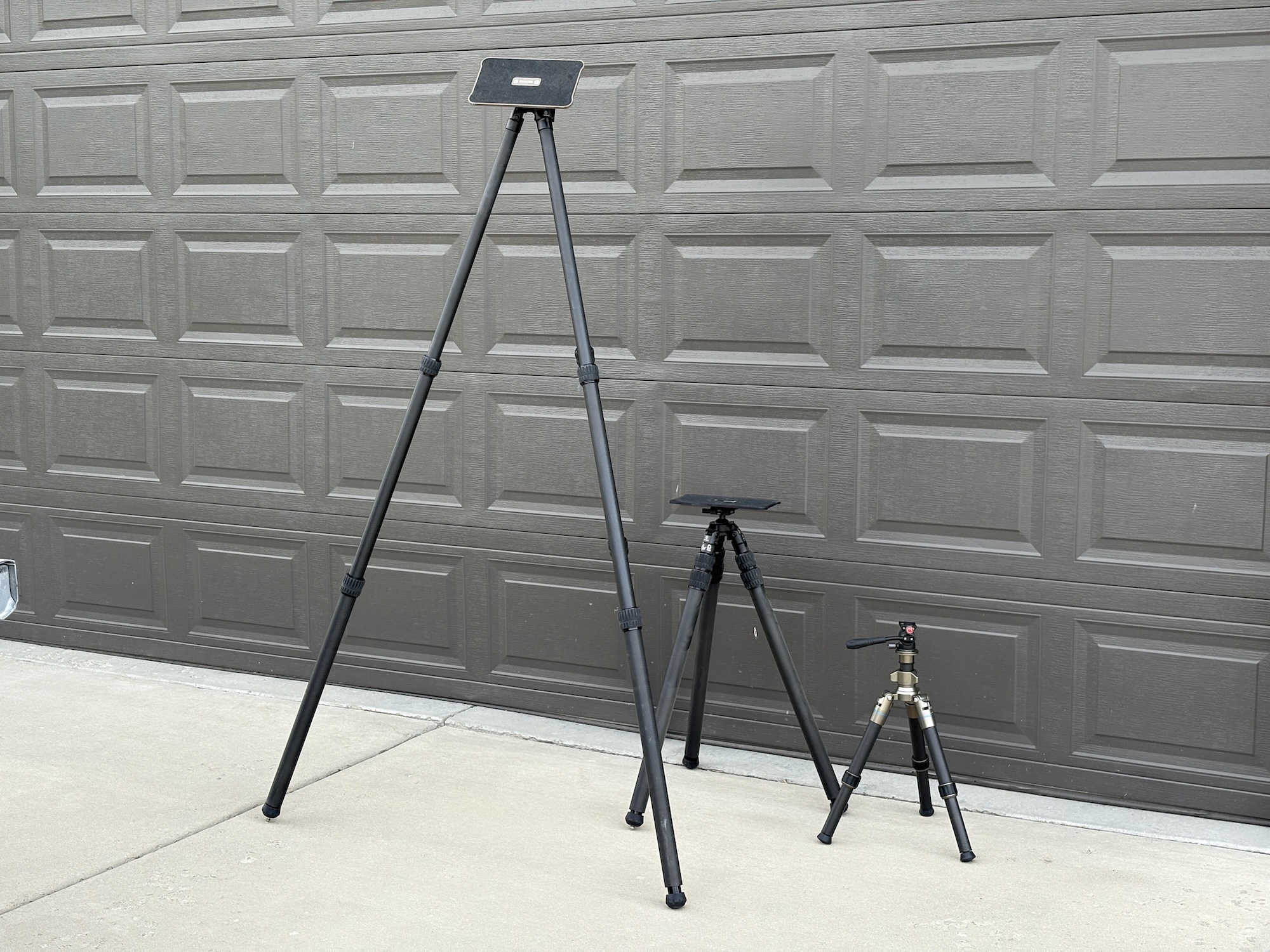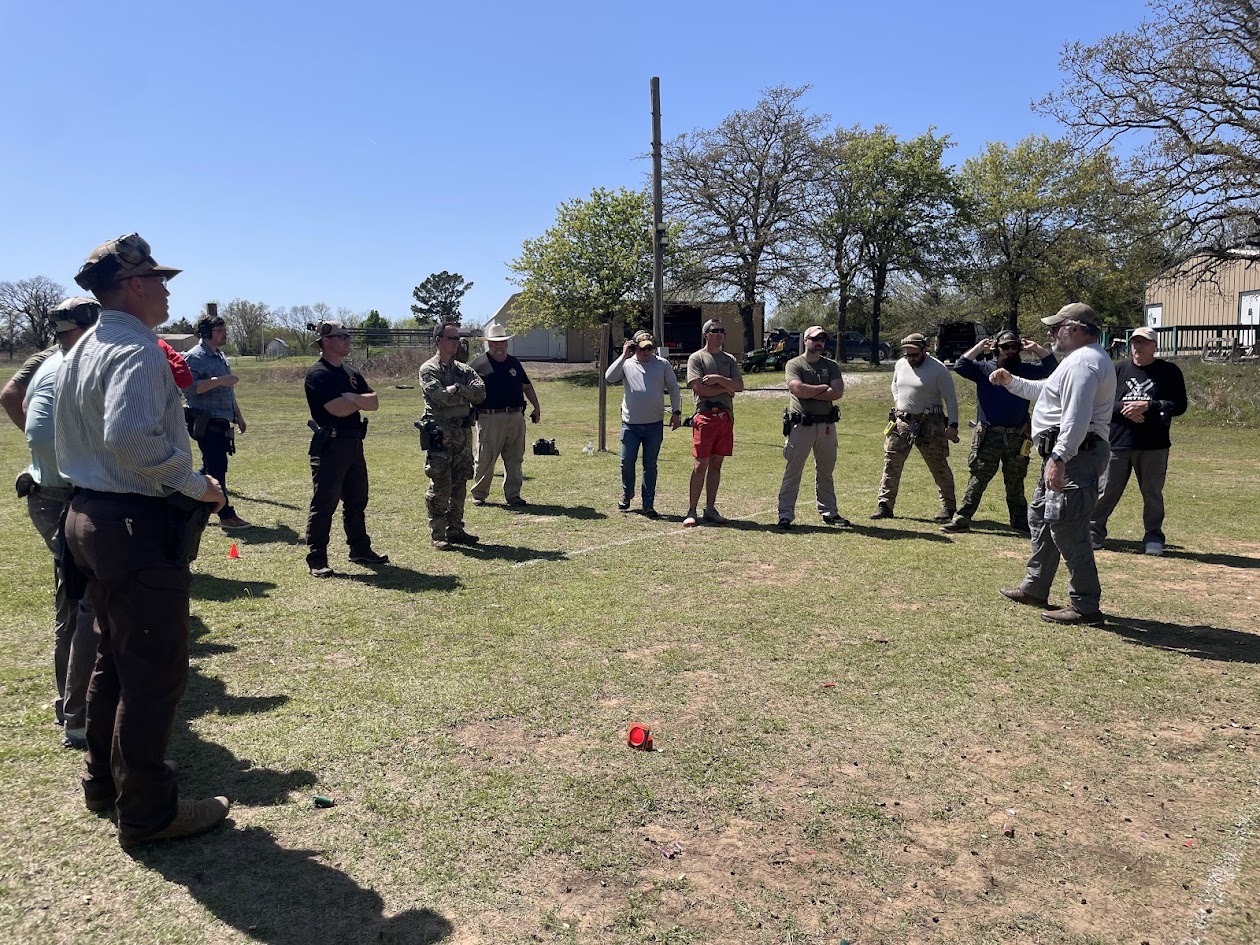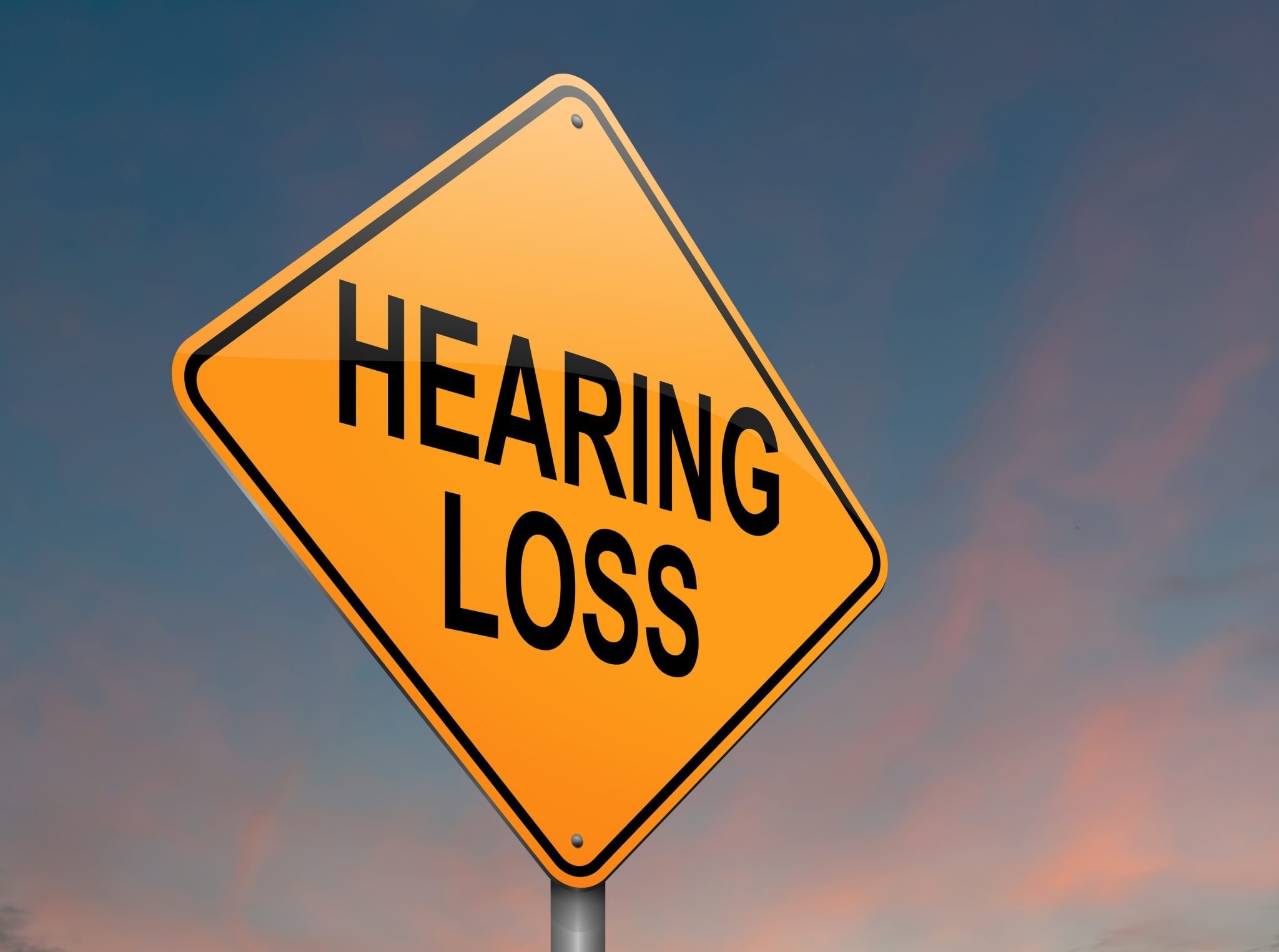
featureHearing-Loss-Sign
If you shoot long enough, and that doesn’t need to be very long, there is a likelihood of you being exposed to enough noise that you begin to suffer from hearing loss.
What types of hearing loss are there?
- Damage to the outer and middle ear, known as Conductive;
- Inner ear damage or Sensorineural;
- If it is both, it’s known as Mixed.
Decibel levels
85 dB is the recognized level at which hearing loss can begin to occur. Noise over 140dB can cause pain. And it is not just gunfire. Other likely causes include aircraft engines, generators, explosions that don’t involve gunfire, and sirens.
Should you not recall the volume of most firearms, here are some numbers – all unsuppressed:
.22 Rimfire – 140db, a 9mm Glock 17 – 162db, 12ga shotgun – 164dB, .223 AR15 – 165dB, an a .308 Remington Model 700 – 167dB.
Tinnitus
Tinnitus can result from repeated exposure to noise levels that produce hearing loss. As I’m writing this, with only the sound of the air conditioner and my fingers hitting the keyboard, my tinnitus is in full effect. The ringing overrides most other sounds.
Safety Issues
When we are on the range, regardless of why, we need to be able to hear what is going on around us clearly. While passive plugs or muffs may preserve our hearing, they do not necessarily allow us the awareness we need. That is where we gain significant benefits from active or electronic hearing protection. It amplifies the non-damaging sounds we need to hear – like an instructor’s instructor’s directions – while shutting out the damage from the gunfire.
Varieties over the years
Like most shooters, I have used a tremendous variety of hearing protection over the years. Some were issued by my employers—the Army and law enforcement—and a lot were bought in the never-ending search for the best stuff. That has included a few iterations of molded, soft in-ear models from basic training through my deployment to Iraq. My first couple of decades of shooting saw the use of passive, over-the-head muffs. And easily, my preference for over thirty years now is electronic hearing protection.
Active hearing protection has improved dramatically over that time in both price and performance. The first model I tried was from Silencio, I think. The ear cups were at least grapefruit-sized, and they could not be worn with the 80s-issued Kevlar (PASGT—Personal Armor System Ground Troops) helmets. No, not at all.
Current ear pro
As the years passed, headsets became smaller, more comfortable, and increasingly capable. Some of those headsets included ones from Bose, Peltor, and Sordin. They connected to vehicle intercoms and portable radios. Additionally, they could be worn under your helmet. Currently, several designs allow the user to attach them to their helmets.
Mine
These days, I spend far less time wearing a helmet than I used to, with the exceptions of low-light and shoot-house classes or working on some articles. As a result, I do not prioritize an ear pro that integrates with my helmet.
Walkers
I tried a headset from Walkers probably three years ago or so. Several friends and students had been using them, so I bought one to have as a spare. It became the first of several. Cost-wise, I have been able to buy more. I have them in the truck, both range bags, and down at Gunsite.
My preferred version currently is their XCEL 100 model. The headband is padded but shorter than others because the battery box and control panel are attached to it, not the cups. There are also two external microphones on each side. The control panel features four buttons: power on/off, volume up and down, and how incoming sound should be processed. They rate their headset as providing a 26-decibel reduction. Two AAA batteries power the headset.
The original ear cups were vinyl-covered foam. Jacob Paulsen with ConcealedCarry.com saw that at a recent event and replaced them with Soft Seal gel pads. I have used similar pads with headsets, and they really do make them a lot more comfortable.
OTTO
Teaching firearms requires me to spend a lot of time outside in a variety of weather conditions. As I get older, I have started paying attention to my sun exposure—because of friends with various skin cancers. Ball caps are fine, but they do minimize sun exposure to the other two-thirds of your head and neck. A sun or boonie hat will, but they are hard to use headsets with. Enter active, electronic in-ear hearing protection.
I recently started using Otto’s NoizeBarrier Micros. The sealable hard case is also the charger. You keep the case charged via a USB cord and then drop the NB Micros in at the end of the day. I preferred their larger foamy tips to the flanged tips. With their earpieces, the NoizeBarrier Micros provides a range of decibel reductions from 23 to 40.
I was curious about how they would work indoors or inside a shoot house. Steve Fisher of Sentinel Concepts has been using several sets for a while now and introduced me to them. Based on his experiences, he recommends the Skull Screws as the tip of choice when indoors.
The NB Micros are quite comfortable and have worked well for me in multiple range sessions.
NOPE
In case we need to say it, and we shouldn’t, the earbuds that come with most cell phones are not hearing protection. Please do not use them that way.

There are at least three different tips available for the NB Micro – flanged, foam, and Skull Screws.
FINAL THOUGHT
We have one set of ears to get us through our trips around the sun. However, there are a number of things potentially beyond our control that can damage our hearing. Let’s address the issues we can control. Otherwise, there will be a whole lot of “huh?” in our future.
RESOURCES


 (No Ratings Yet)
(No Ratings Yet)





